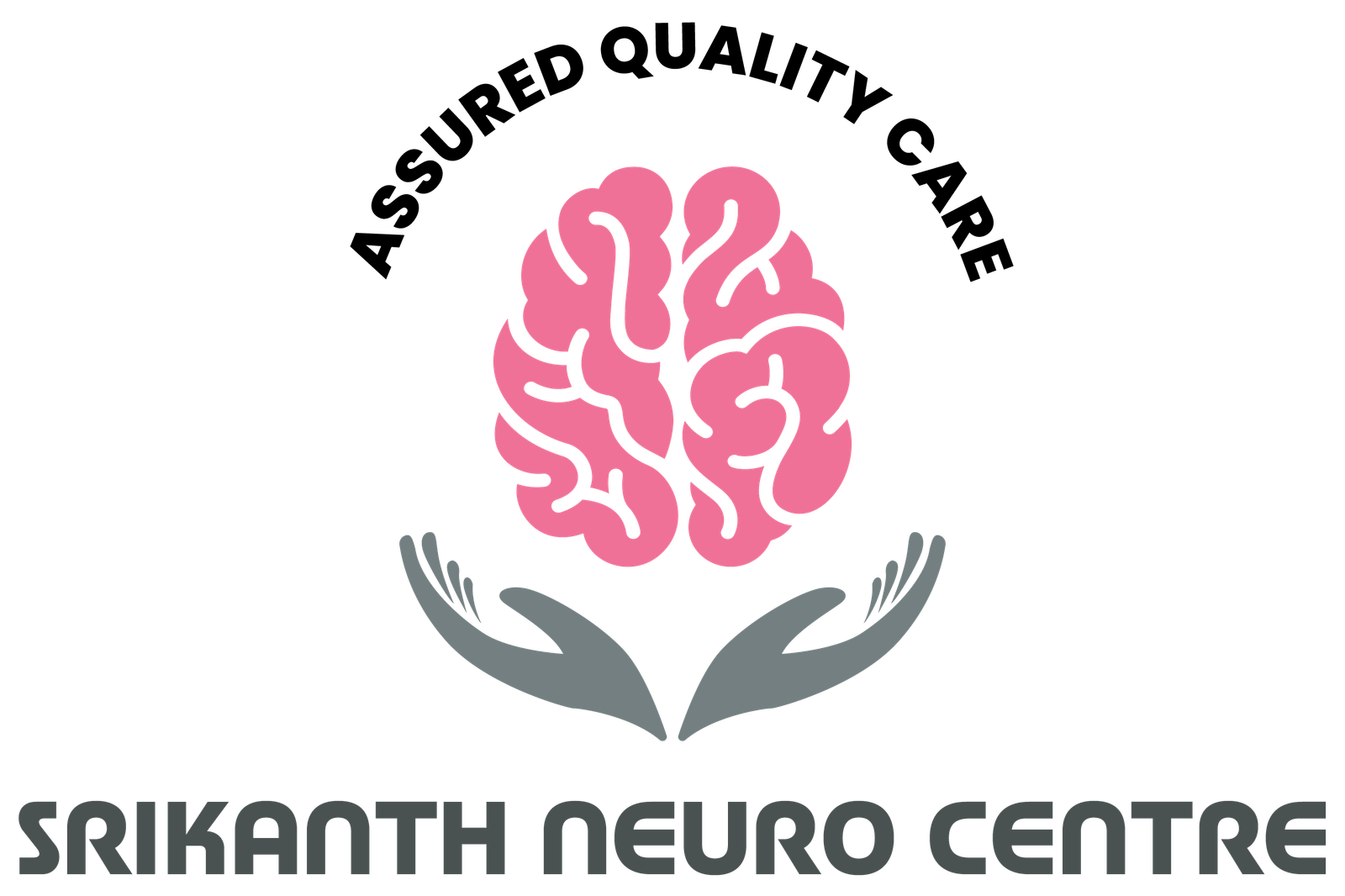Headache
Services
A headache is pain anywhere in the region of the head or neck. It can be a symptom of a number of different conditions of the head and neck. During a given year, 90% of people suffer from headaches. Primary headaches account for more than 90% of all headache complaints, and of these, episodic tension-type headache is the most common. It is estimated that women are three times more prone than men to suffer from migraines. Migraines appear to be experienced by 30 – 40%of the population.
The brain itself is not sensitive to pain, because it lacks pain receptors. However, several areas of the head and neck do have pain sensors and can thus sense pain. These include the extracranial arteries, large veins, cranial and spinal nerves, head and neck muscles, and the meninges. Headache often results from traction to or irritation of the meninges and blood vessels. The pain receptors may also be stimulated by factors other than head trauma or tumors and cause headaches. Some of these include stress, dilated blood vessels, and muscular tension.
Primary Headaches
Secondary Headaches
As it is often difficult for patients to recall the precise details regarding each headache, it is often useful for the sufferer to fill-out a “headache diary” detailing the characteristics of the headache. When the headache does not clearly fit into one of the recognized primary headache syndromes or when atypical symptoms or signs are present then further investigations are justified and neuroimaging [CT/MRI] is generally recommended. One type of treatment, however, is usually not sufficient for chronic sufferers and they may have to find a variety of different ways of managing, living with, and seeking treatment of chronic daily headache pains.
There are however two types of treatment for chronic headaches, i.e. acute abortive treatment and preventive treatment. Whereas the first is aimed to relieve the symptoms immediately, the latter is focused on controlling the headaches that are chronic.. The primary goal of preventive treatment is to reduce the frequency, severity, and duration of headaches. This type of treatment involves taking medication on a daily basis for at least 3 months and in some cases, for over 6 months.








